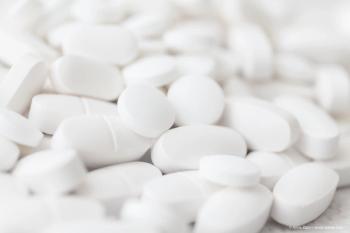
AAO 2025: Prof Peter Stalmans says single-use lenses are better for patients
At the 2025 Academy of American Ophthalmology meeting, Prof Stalmans described safety and efficacy benefits of disposable non-contact vitrectomy lenses
Ahead of the 2025 American Academy of Ophthalmology (AAO) meeting, the Eye Care Network spoke with Peter Stalmans, MD, PhD, about the benefits of single-use lenses in vitrectomy and other retinal procedures. Prof Stalmans is affiliated with Universitair Ziekenhuis Leuven in Leuven, Belgium. At the AAO meeting, Prof Stalmans presented clinical trial data he had previously at the 2025 Congress of the European Society of Retina Specialists, pertaining to the ZEISS Resight system. In his presentation, Prof Stalmans shared his experience and clinical trial findings related to the adoption of disposable lenses in vitrectomy.
For example, disposable non-contact vitrectomy lenses do not incur the wear and tear of the optical surface. Over time, Prof Stalmans said, reusable lenses become scratched, leading to reduced clarity. There is also an unexpected visibility benefit, he said. Reusable lenses are made from glass, while disposable lenses are made from poly methyl methacrylate (PMMA). The PMMA lenses are less likely to develop condensation over the course of the procedure.
The wide-angle lens fulfills the same use cases as the reusable 128D lens, which comes in a yellow frame.
Prof Stalmans noted that while the wide-angle lens has the same optical diameter as the reusable 128D lens, there is no plastic ring around the lens itself. The smaller size of the disposable lens better fits into a narrow orbital space, making it a strong option for challenging cases, such as paediatric patients.
The macula lens can be utilised in the same circumstances as the green-framed reusable 60D lens. An improved optics design provides the same image quality as flat contact lens, Prof Stalmans said, while a larger optical diameter than the reusable 60D lens means the disposable lens can provide a larger viewing angle. Notably, Prof Stalmans added, the lens is in its frame is suspended relatively high above the cornea, so clinicians may avoid contact between the lens and surgical instruments.
Finally, Prof Stalmans described a new optical design available as part of the disposable lens kit. The ultra-wide-angle (UWA) lens comprises two lenses above each other, which generates the same image angle as a wide-angle (150°) contact lens without corneal contact. The lens is bulky, but a conical shape and a flat bottom reduce the risks of instrument touch and corneal touch. These characteristics of the UWA lens enable a close working distance to the patient's cornea, and a good peripheral view in cases of narrow pupil.
Watch the full video to see the three lenses in the surgical suite, and hear Prof Stalmans discuss use cases for each.
Newsletter
Get the essential updates shaping the future of pharma manufacturing and compliance—subscribe today to Pharmaceutical Technology and never miss a breakthrough.













































